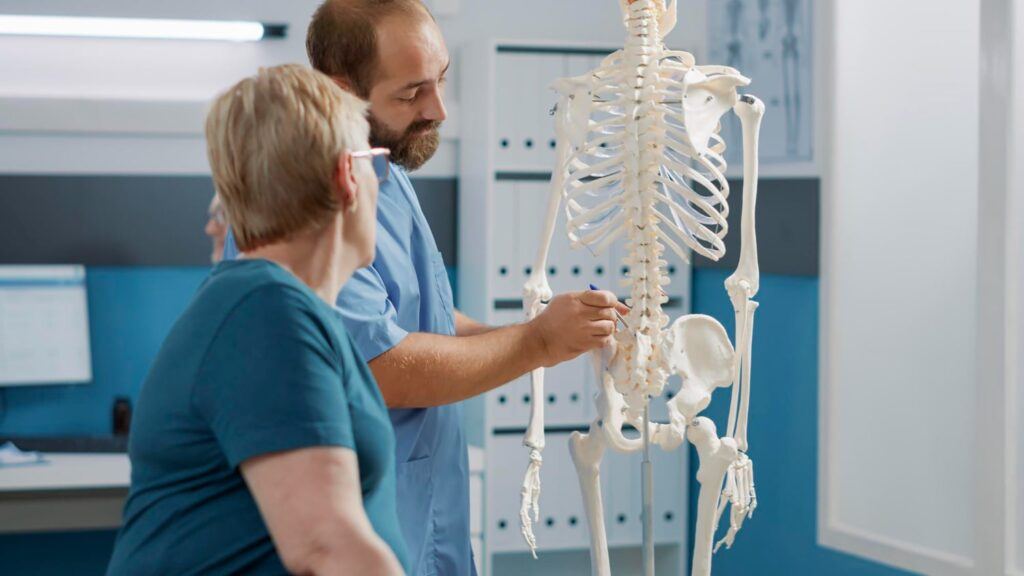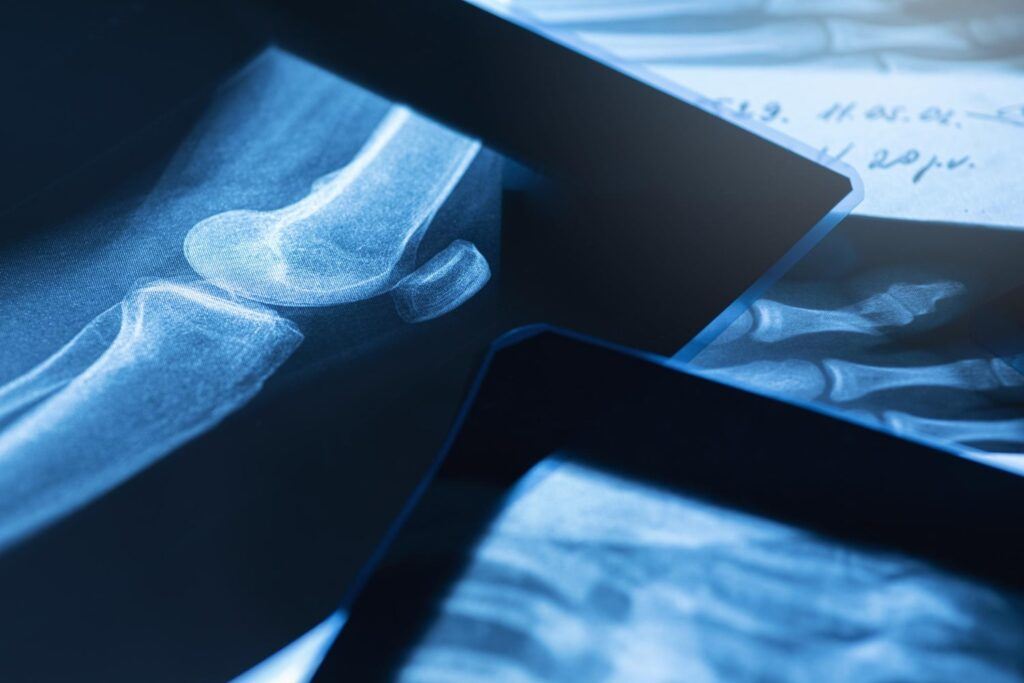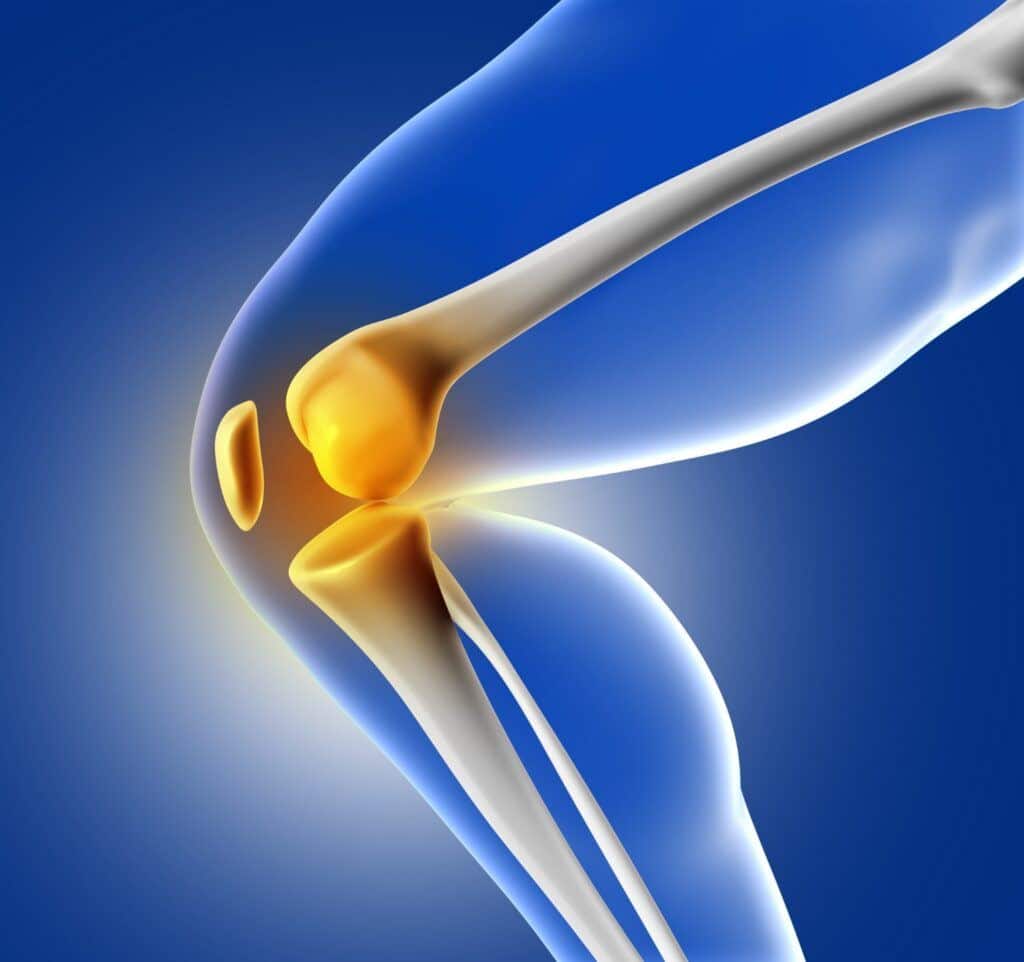The Science of Bone Regeneration Unveiled
The science of bone regeneration is a captivating field of research that delves into the intricate mechanisms through which our bodies repair and restore damaged bone tissue. Bones, being the structural framework of the human body, play a crucial role in providing support. As well as protecting vital organs, and enabling movement. When bones suffer injuries or fractures, the body initiates a remarkable healing process to mend the damage and regain its strength.
Anatomy of Bones:
To comprehend the science of bone regeneration, it is essential to explore the anatomy of bones. Bones are composed of a complex matrix, consisting of collagen fibers and minerals like calcium and phosphate. Within this matrix, various types of bone cells operate together to maintain bone health and integrity. Osteoblasts are responsible for synthesizing new bone tissue, while osteocytes regulate bone homeostasis, sensing mechanical stresses. On the other hand, osteoclasts are involved in bone resorption, breaking down old bone tissue.
The network of blood vessels and nerves within bones plays a critical role in bone regeneration. These vessels deliver vital nutrients and oxygen, while nerves participate in signaling and coordinating the healing process.

The Healing Process:
When a bone sustains an injury or fracture, the body commences a precisely orchestrated healing process. The journey to regeneration starts with the inflammatory phase. This is where blood clotting occurs at the site of injury, forming a hematoma. The inflammatory response triggers the arrival of immune cells and growth factors, which set the stage for healing.
In the subsequent stages, a soft callus forms, consisting of cartilage and fibrous tissue. This soft callus acts as a temporary bridge, spanning the gap between the bone ends. Gradually, the soft callus is converted into a hard callus as osteoblasts deposit minerals, transforming the cartilage into woven bone.
As the healing progresses, bone remodeling takes place, where the woven bone is replaced by lamellar bone. Which is more organized and robust. The bone gradually regains its original shape and strength, culminating in the complete restoration of bone health.
Cellular Mechanisms:
At the cellular level, bone regeneration involves intricate communication between various bone cells. Osteoblasts, derived from mesenchymal stem cells, are primarily responsible for producing and depositing new bone tissue. These specialized cells collaborate to form the organic matrix of the bone, which acts as the scaffold for mineral deposition.
Conversely, osteoclasts play a crucial role in bone resorption. They secrete enzymes that dissolve the mineral matrix, allowing for the remodeling and reshaping of bones. The coordinated activity of osteoblasts and osteoclasts ensures the equilibrium between bone formation and bone resorption, maintaining bone health throughout life.

Growth Factors and Signaling Pathways:
Bone regeneration heavily relies on the presence of growth factors and signaling pathways that regulate cellular behavior. Growth factors, such as bone morphogenetic proteins (BMPs) and transforming growth factor-beta (TGF-β), play pivotal roles in stimulating cell proliferation and differentiation. They trigger various intracellular signaling pathways, including the Smad pathway, which influences gene expression and cellular responses.
The interactions between growth factors and their receptors activate a cascade of events, guiding mesenchymal stem cells to differentiate into osteoblasts. Additionally, the signaling pathways facilitate the recruitment of precursor cells to the site of injury, essential for effective bone regeneration.
Biomaterials and Bone Grafts:
In recent years, advancements in biomaterials have revolutionized the landscape of bone regeneration. Biomaterials, such as hydroxyapatite and bioactive glasses, act as scaffolds that mimic the natural bone environment, supporting bone growth and tissue regeneration.
In more complex cases where significant bone loss is involved, bone grafts are utilized to provide structural support and enhance the regenerative process. Autografts, sourced from the patient’s own body, offer excellent compatibility but come with the drawback of a secondary surgical site. Allografts, derived from cadavers, and xenografts, sourced from other species, are alternatives that avoid the need for a second surgery. Each type of graft has its own advantages and considerations in clinical applications.

Surgical Techniques for Bone Regeneration:
For complex fractures or non-union cases where natural healing is challenging, various surgical techniques are employed to facilitate bone regeneration. External fixation involves stabilizing the bone externally with pins and screws, allowing the body’s natural healing process to occur under controlled conditions. Internal fixation, on the other hand, utilizes metal plates, screws, or rods to secure the bone fragments in the correct position during healing.
Bone distraction is a specialized technique used for bone lengthening or correcting deformities. It involves gradually pulling apart bone fragments to stimulate new bone growth in the gap. Additionally, bone marrow stimulation techniques, such as microfracture and drilling, create small fractures in the bone, triggering the release of growth factors and promoting tissue regeneration.
Factors Affecting Bone Regeneration:
Several factors can influence the success of bone regeneration. Age is a significant factor, as bone healing tends to slow down with advancing years. Adequate nutrition, including essential minerals like calcium and vitamin D, is vital for maintaining bone health and supporting the regenerative process. Additionally, lifestyle factors, such as smoking and excessive alcohol consumption, can hinder bone healing and regeneration.
Systemic diseases, such as diabetes and osteoporosis, present challenges in bone regeneration due to compromised bone quality and impaired cellular function. Proper management and intervention are essential to enhance the healing process in individuals with these conditions.
Innovations in Bone Regeneration:
The field of bone regeneration continues to evolve with innovative technologies and groundbreaking research. One such advancement is gene therapy, which holds immense potential in manipulating gene expression to promote bone formation. By introducing specific genes or proteins, researchers can enhance the activity of bone-forming cells, expediting the healing process.
Nanotechnology has also played a significant role in bone regeneration, enabling targeted delivery of therapeutic agents to the site of injury. Nanoparticles loaded with growth factors or other bioactive molecules can be designed to enhance tissue repair and regeneration.
Furthermore, biophysical stimulation, involving the use of electromagnetic fields or ultrasound, has shown promise in accelerating bone healing. These non-invasive techniques can activate bone cells, stimulating bone formation and reducing healing time.

Clinical Applications:
The science of bone regeneration finds diverse applications across various medical specialties. In dentistry, bone regeneration techniques are employed for dental implant placements and periodontal therapies. For patients with orthopedic conditions, such as osteoarthritis, joint regeneration therapies offer hope for improved mobility and pain relief.
In cases of non-union fractures, where the natural healing process is insufficient, innovative treatments and interventions provide alternative pathways to healing. By combining surgical techniques with the use of biomaterials or growth factors, clinicians can optimize bone healing outcomes.
Challenges and Future Directions:
Despite significant progress in bone regeneration research, several challenges persist. One of the primary hurdles is the complexity of native bone tissue, which is difficult to replicate artificially. Developing biomaterials and scaffolds that closely mimic the natural bone environment remains a significant focus of ongoing research.
Another challenge lies in the integration of newly formed bone tissue with the existing bone structure. Ensuring that the regenerated bone functions seamlessly and provides the required support is essential for successful clinical outcomes.
Looking ahead, researchers are exploring various avenues to enhance bone regeneration further. Stem cell therapies, in particular, hold immense potential in addressing complex bone injuries and diseases. The ability to engineer bone tissue using a patient’s own stem cells offers personalized and highly effective treatments.
Additionally, advances in tissue engineering and regenerative medicine are driving the development of innovative therapies that can revolutionize the field of bone regeneration. These approaches leverage cutting-edge technologies to recreate bone tissue in the laboratory, offering hope for patients with severe bone defects.
Ethical Considerations:
As the science of bone regeneration progresses, it raises important ethical considerations. In particular, the use of stem cells, especially embryonic stem cells, has been a subject of ethical debate. Striking a balance between scientific progress and ethical responsibility is crucial to ensure that research in this field is conducted responsibly and adheres to stringent ethical guidelines.
Regulatory authorities and research institutions must collaborate to establish robust ethical frameworks that govern the use of stem cells and other emerging technologies in bone regeneration. Transparency and accountability are essential in safeguarding both the integrity of research and the well-being of patients.

Conclusion:
The science of bone regeneration is a dynamic and ever-evolving discipline that has the potential to transform the future of medicine. Through a deeper understanding of the cellular mechanisms, growth factors, and biomaterials, researchers are unraveling the mysteries of bone healing and restoration.
Advancements in surgical techniques, such as external and internal fixation, alongside innovative approaches like gene therapy and nanotechnology, are reshaping the landscape of bone regeneration. Clinical applications across dentistry and orthopedics are witnessing remarkable progress, offering renewed hope for patients with bone injuries and degenerative conditions.
While challenges remain, the future of bone regeneration is bright, with ongoing research exploring new avenues to enhance outcomes and provide improved treatments. By prioritizing ethical considerations and embracing responsible research, the scientific community can pave the way for groundbreaking discoveries in bone regeneration, ultimately improving the quality of life for countless individuals worldwide.
If you want to know more about bone regeneration, please contact us!



Leave a Reply
You must be logged in to post a comment.